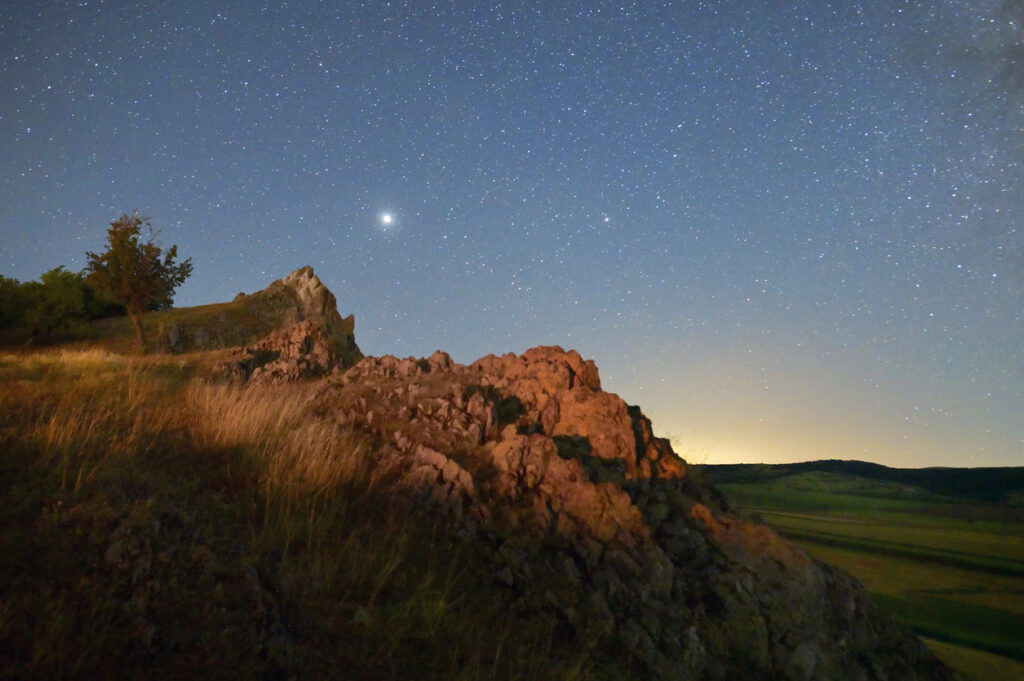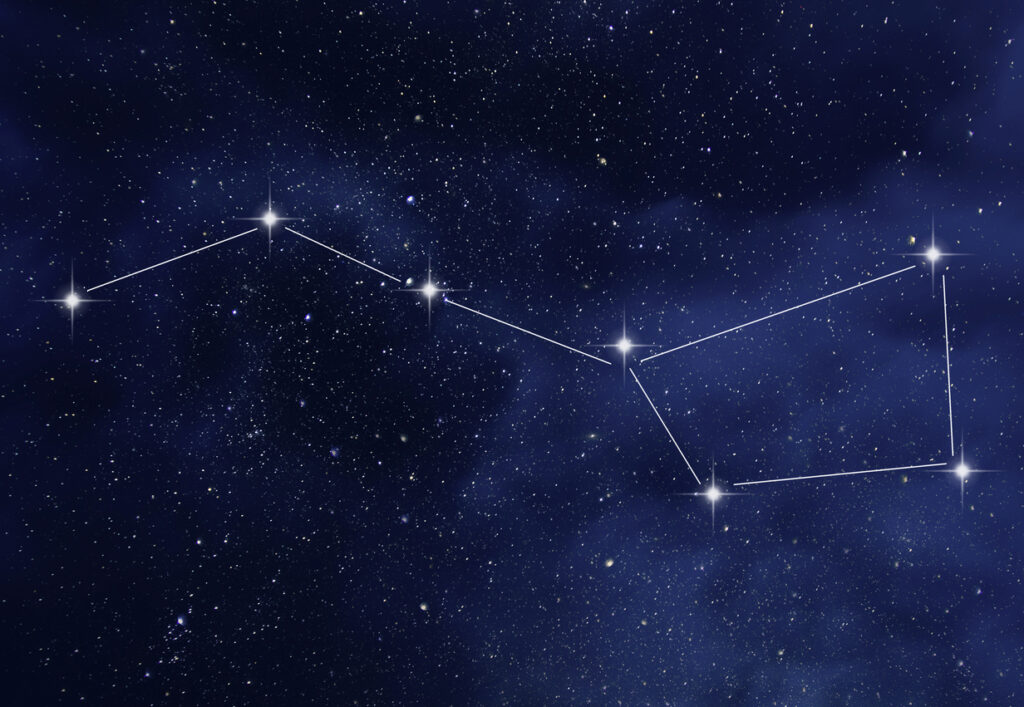
It’s one of the most famous stars in the night sky. If you grew up with stories about navigation, camping, or even just glancing up on a clear night, chances are you’ve heard that the North Star is the brightest star in the sky. But here’s the thing — it’s not. Not even close, actually. While it’s definitely important, especially for finding your way, its brightness is more myth than reality. So let’s clear up the confusion and dig into what really makes the North Star so special (and what star actually is the brightest).
Polaris is the North Star, but it’s not the brightest.
When people talk about the North Star, they’re referring to a star called Polaris. It’s located almost directly above Earth’s North Pole, which is why it stays fixed in the same spot while everything else in the sky appears to move around it. Polaris is definitely easy to find if you know where to look, but in terms of raw brightness? It’s nowhere near the top of the list. It doesn’t even crack the top 40 brightest stars in the sky. It just happens to be in a very important position.
Sirius is the real brightest star in the night sky.
If you’re looking for the actual brightest star visible from Earth (not counting the Sun), it’s Sirius, which is sometimes called the Dog Star. It’s part of the Canis Major constellation and it shines about twice as bright as the next star on the list. Sirius stands out because it’s both very luminous and relatively close to us — just 8.6 light-years away. It’s hard to miss on a clear winter night, especially in the Northern Hemisphere.
Polaris only seems special because of where it sits.
What makes Polaris important isn’t its glow, it’s its location. Because it’s almost exactly above the Earth’s axis of rotation, it hardly moves in the night sky. While other stars rise and set or spin in wide arcs, Polaris stays put, making it a perfect fixed point for navigation. For centuries, sailors and travellers in the Northern Hemisphere have used it to figure out which way is north. Its reliability made it legendary, but not necessarily luminous.

It’s actually a triple star system.
Even though Polaris looks like a single star, it’s not flying solo. It’s part of a triple star system made up of a large supergiant and two smaller companion stars that orbit around it. They’re not easy to spot without a telescope, but they’re there. This system is located about 430 light-years from Earth, which makes it significantly farther away than Sirius — another reason it doesn’t appear as bright from our point of view.
Its brightness does change, but not dramatically.
Polaris is a variable star, which means its brightness fluctuates over time. It pulses very slightly, getting brighter and dimmer in a regular rhythm, but not enough to notice with the naked eye. Astronomers keep a close eye on these changes, though, because they can help us understand how stars evolve over time. Still, it’s not going to suddenly start outshining everything else in the sky anytime soon.
It’s only the North Star for now.
Here’s a wild twist: Polaris hasn’t always been the North Star, and it won’t stay in that role forever. Earth’s axis slowly wobbles in a cycle called precession, which takes about 26,000 years. As the axis shifts, the position of “true north” changes in the sky. Thousands of years ago, the North Star was a different star altogether, and in another 12,000 years or so, Vega will take its place. So Polaris’s moment in the spotlight is temporary (in cosmic terms, at least).

It’s easier to spot if you find the Big Dipper first.
Most people learn to find Polaris by using the Big Dipper. The two stars at the end of the Dipper’s “bowl” point directly toward Polaris. It’s like a built-in cosmic pointer, and it makes star-spotting way easier for beginners. Even if Polaris isn’t all that bright, once you lock onto it, it becomes a really handy reference. especially if you’re outdoors without a compass or mobile signal.
Southern Hemisphere viewers don’t see Polaris.
If you’re in the Southern Hemisphere, you’re out of luck when it comes to spotting Polaris — it’s only visible from the north. Instead, people in the Southern Hemisphere use other constellations like the Southern Cross to help navigate. This often surprises people, but the sky really does look different depending on where you are on the planet. Different stars, different constellations, and a different set of tools to find your way.
Polaris has inspired myths and legends.
Across cultures, the North Star has held huge symbolic value. It’s been a symbol of guidance, constancy, and hope, especially in stories of travellers, runaway slaves, and spiritual seekers who looked to it for direction. Even though it’s not the brightest star in the sky, its steady presence made it feel like something you could count on. That sense of dependability is what gave it such lasting meaning.
Brightness isn’t everything.
So no, the North Star isn’t the brightest, but it’s still one of the most useful stars in the sky. Its position gives it purpose. Its history gives it meaning. And its place in storytelling makes it unforgettable. Sometimes it’s not the flashiest light that guides you. It’s the one that stays steady, even when everything else is moving around it.